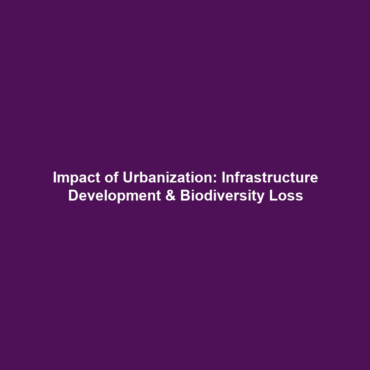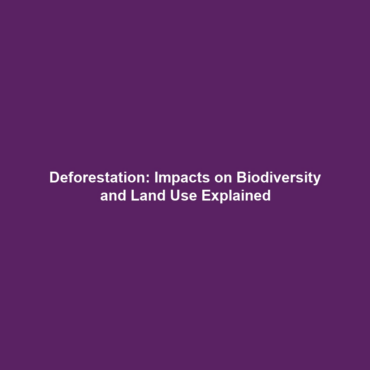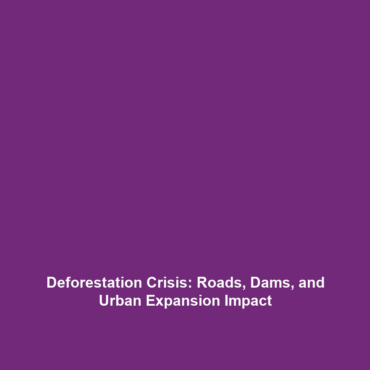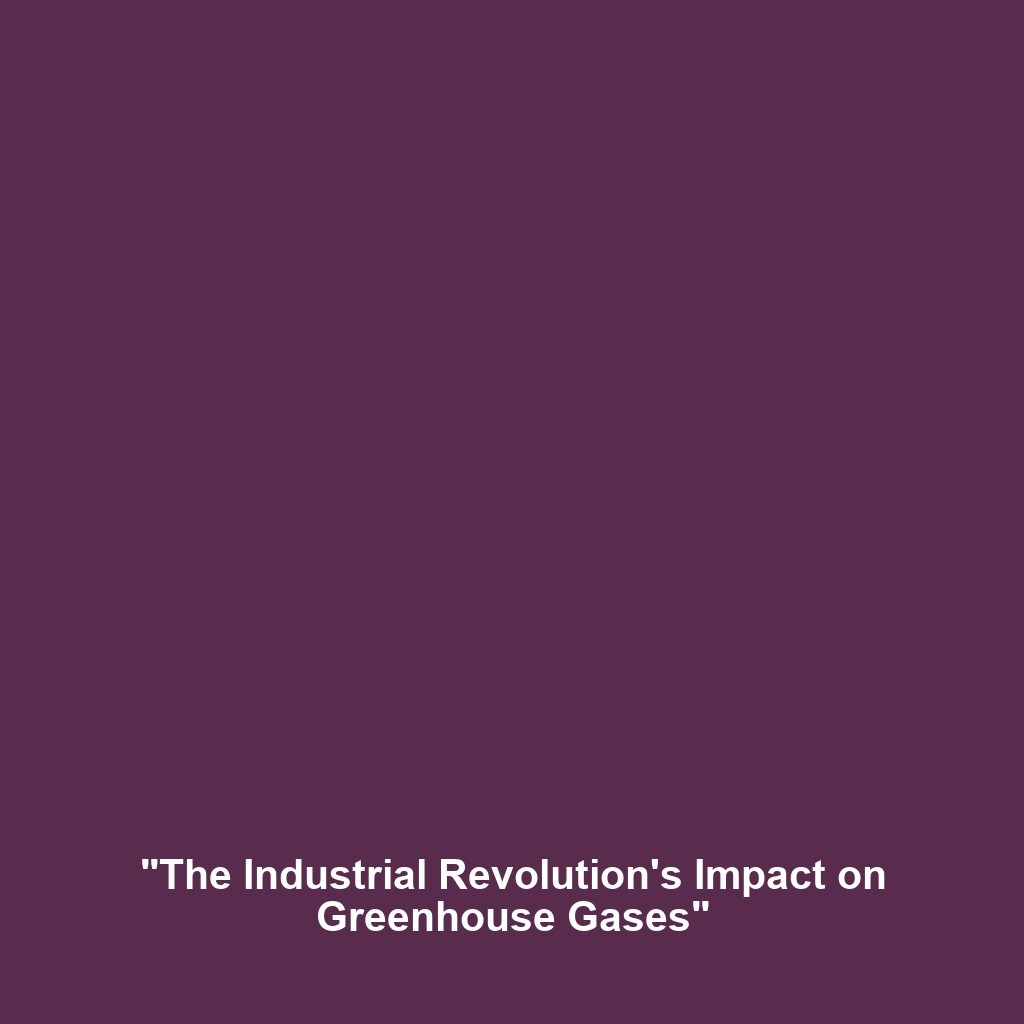Infrastructure Development: Urbanization and Industrial Expansion
Introduction
Infrastructure development, including urbanization and industrial expansion, plays a crucial role in shaping modern societies but often comes at a significant environmental cost. As cities grow and industries expand, the resulting deforestation and biodiversity loss present serious challenges. Urbanization transforms landscapes, displacing native ecosystems and leading to habitat destruction. Understanding this relationship between infrastructure development and ecological health is essential for creating sustainable solutions that mitigate the detrimental effects on our planet’s biodiversity.
Key Concepts
The intersection of infrastructure development, urbanization, and biodiversity loss encompasses several key concepts:
Urbanization
Urbanization refers to the movement of populations from rural to urban areas, often resulting in increased demand for housing and services. This process frequently leads to the encroachment of natural habitats, contributing to deforestation.
Industrial Expansion
Industrial expansion involves the growth of industries such as manufacturing, mining, and agriculture. These activities often require significant land use changes, drastically altering ecosystems and reducing biodiversity.
Deforestation and Biodiversity Loss
Deforestation, primarily driven by urbanization and industrial activities, results in habitat loss for countless species. Biodiversity loss compromises ecosystem resilience, ultimately affecting human health and well-being.
Applications and Real-World Uses
The implications of infrastructure development, particularly urbanization and industrial expansion, extend beyond environmental degradation. Some significant real-world applications include:
- Urban Planning: Integrating green spaces into urban landscapes can mitigate the effects of urbanization.
- Sustainable Practices: Implementing sustainable industrial practices reduces the impact on natural habitats.
- Policy Development: Formulating policies that promote balance between development and ecological preservation can protect biodiversity.
These applications illustrate how infrastructure development can be approached in ways that minimize biodiversity loss while accommodating urban growth.
Current Challenges
Despite the potential for sustainable practices, several challenges persist in addressing the issues of infrastructure development related to biodiversity loss:
- Regulatory Hurdles: Inconsistent policies across regions can hinder effective management.
- Economic Pressures: Short-term economic gains often overshadow environmental concerns.
- Public Awareness: A lack of understanding of biodiversity’s importance limits community engagement in conservation efforts.
Future Research and Innovations
Looking ahead, emerging technologies and research in infrastructure development are poised to address the challenges of urbanization and its environmental impact:
- Green Infrastructure: Innovations like green roofs and urban forestry can help preserve biodiversity amidst urban expansion.
- Smart Urban Planning: Utilizing big data and AI for more efficient land use planning is becoming increasingly viable.
- Restoration Ecology: Research into ecosystem restoration techniques offers solutions for rehabilitating damaged environments.
Conclusion
The relationship between infrastructure development, urbanization, and biodiversity loss is complex but crucial for the future of our planet. By recognizing the significance of sustainable practices in urban and industrial planning, we can mitigate the negative impacts on biodiversity. As stakeholders, it is vital to advocate for policies that prioritize ecological integrity alongside economic growth. For more information on sustainable practices and the effects of urbanization, explore our related articles on sustainable development and biodiversity conservation.



